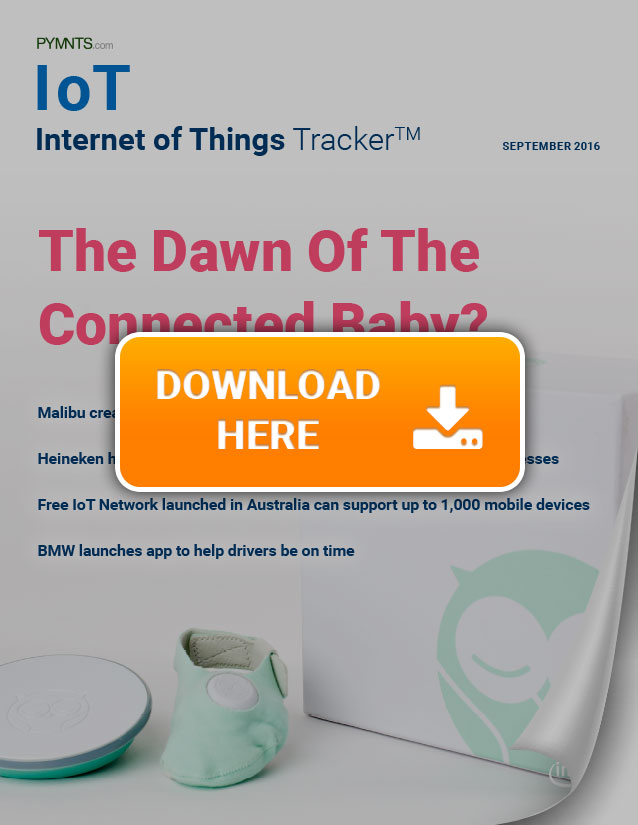Pink, Blue — And IoT?

It seems it may never be too early to get connected. IoT technology has saved consumers both time and money over the years, but can it now potentially assist in saving babies’ lives? The September edition of The Internet of Things Tracker™ features an interview with Jake Colvin, cofounder of Owlet Baby Care, on how the company’s IoT-powered sock tracks an infant’s vital signs and alerts caregivers when something seems awry. That, and a comprehensive directory that rates and ranks more than 100 providers from around the IoT space.
With companies always on the hunt for creative and effective ways to connect with their customers, several businesses recently made considerable improvements in the IoT space by launching wearable technology.
From using Bluetooth technology to wireless networks, merchants have honed their focus on expanding their IoT plans. Owlet Baby Care, for one, has developed a clothing accessory featuring IoT tech that seemingly could be a lifesaver for babies.
The fabric sock, which features flexible and removable electronics and a rechargeable battery, connects with a base station that plugs into the wall and sends out specific notifications depending on the situation at hand. For example, the Owlet station emits a slow-pulsing green light if it’s getting a good reading, but if the sock disconnects from Bluetooth, the light glows blue. It glows yellow and is accompanied by a song if the sock falls of the baby’s foot.
And if a baby’s heart rate and oxygen levels fall outside the predetermined parameters, an alarm sounds, and the base station flashes red.
For September’s Internet of Things Tracker™, PYMNTS caught up with Jake Colvin, cofounder of Owlet Baby Care, to talk about the intricacies of the IoT-enabled sock and also how the company unintentionally found itself immersed in the IoT space.
Here’s a sneak peek:
While the company’s focus has always been to create a solution that provides parents with peace of mind, Colvin said, Owlet didn’t plan on being an IoT business. But once the design process got underway, the company quickly found itself diving into unchartered waters.
“We didn’t set out to create an Internet of Things device,” Colvin said. “It just happened that, in order to get the size constraints we needed, the ability to have a lot of memory and things like that to make this fit and work in the way we need for our specific use case [was limited].”
“It just naturally flowed to cloud-based storage, data storage, and it kind of grew out of the need rather than trying to specifically target having an Internet of Things-connected device,” he added.
News highlights from the IoT ecosystem
While Owlet looks to gain additional traction in the IoT marketplace, other companies recently launched or plan to launch wearable tech to the market soon.
For example, an NFC payments ring that was tested at the Summer Olympics is expected to hit the market before the end of 2016. The ring features technology from Gemalto and Infineon that helps turn it into a prepaid Discover or Visa debit card that connects to mobile wallets and can be reloaded when the ring touches a mobile device.
Meanwhile, AT&T partnered with Biotricity to create connectivity for IoT medical devices. The telecommunications company provided Biotricity’s wearable technology with real-time data.
In the smartwear space, Samsung and TIM have launched a smartwatch in Italy that uses integrated embedded SIM. Samsung’s Gear S2 Classic 3G Smartwatch is the first wearable tech featuring eSIM to be introduced in the country.
Check out the Tracker’s News section for a comprehensive look at what’s happening across the IoT landscape.
To download the Tracker, click the button below:

